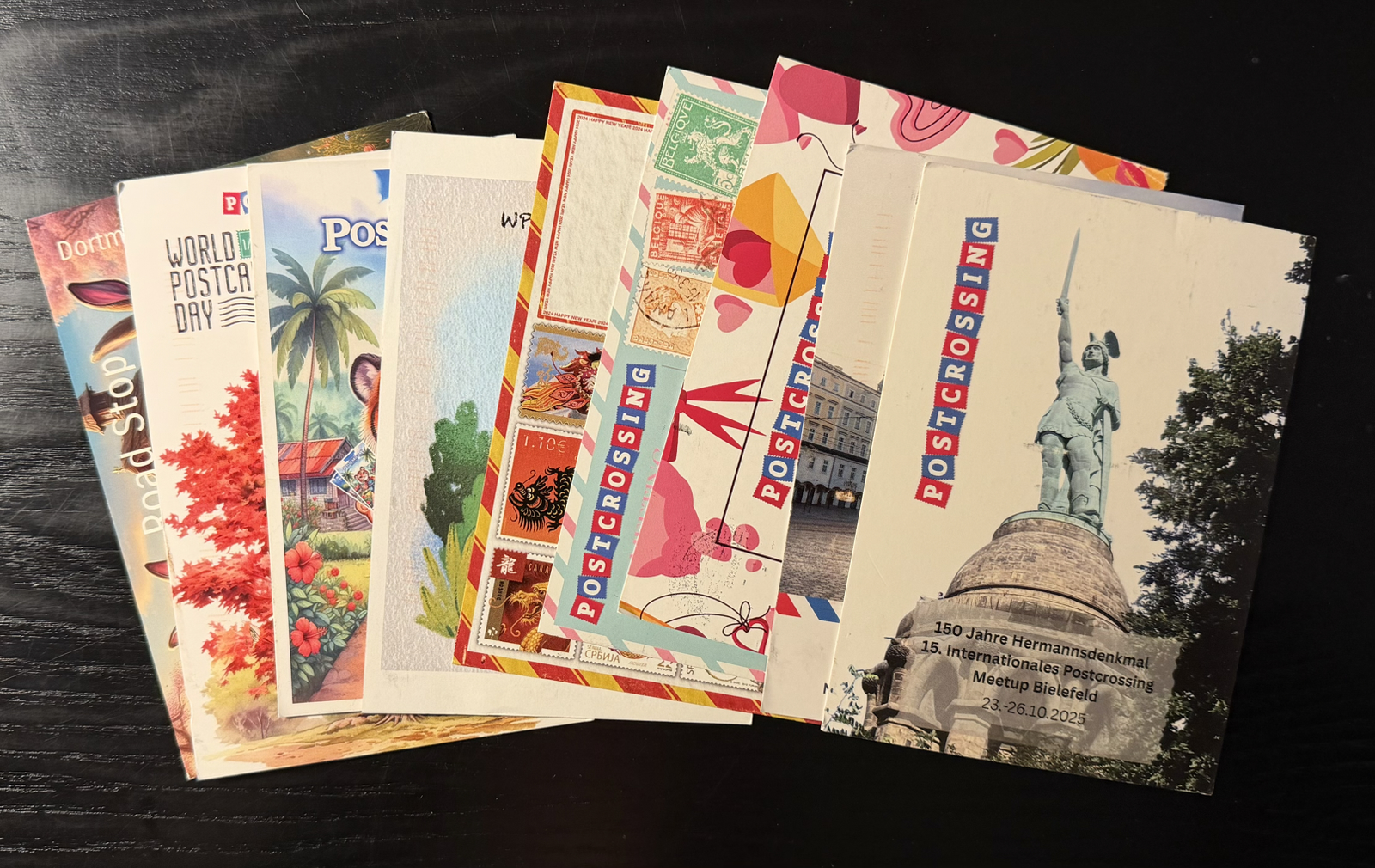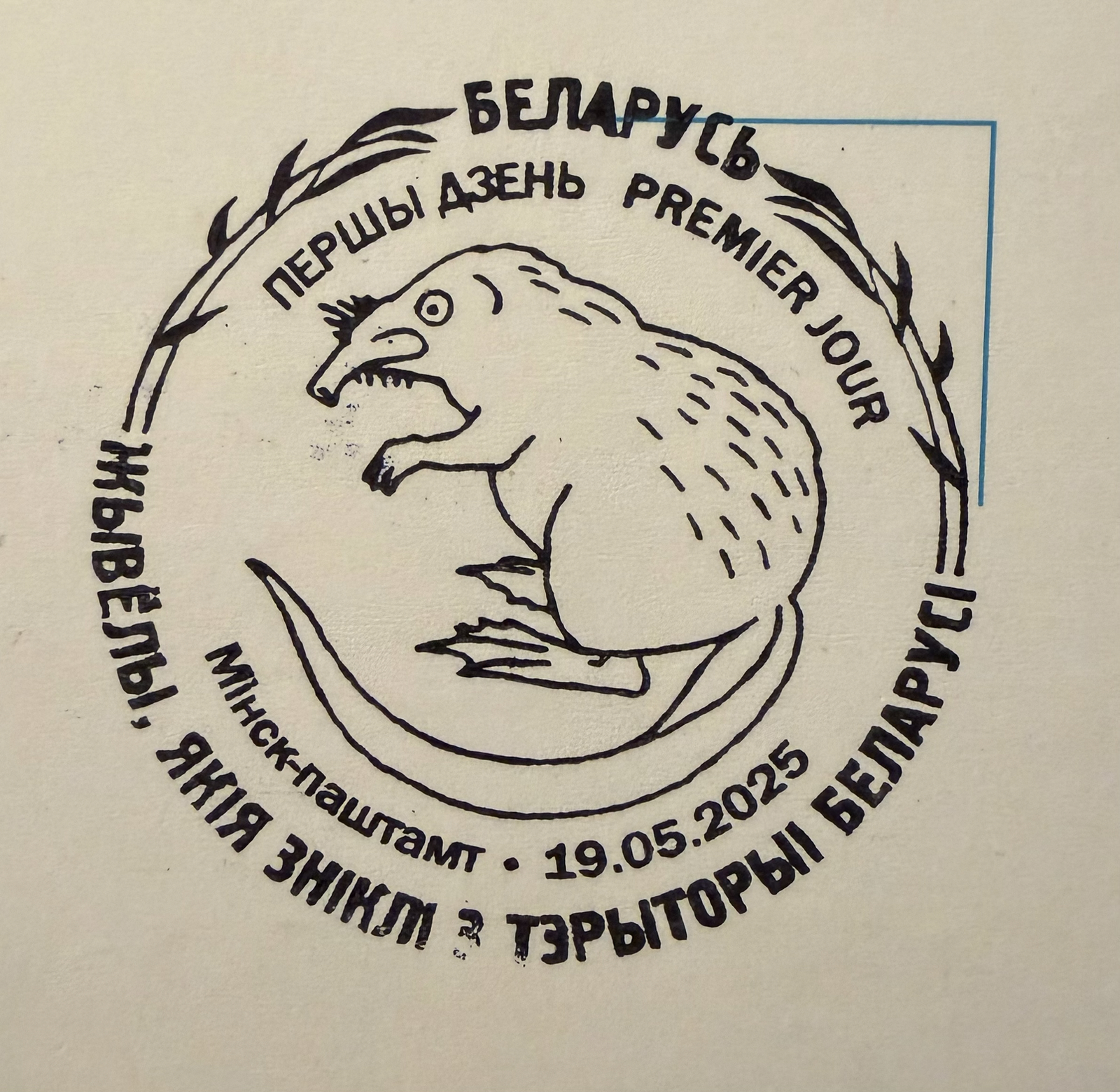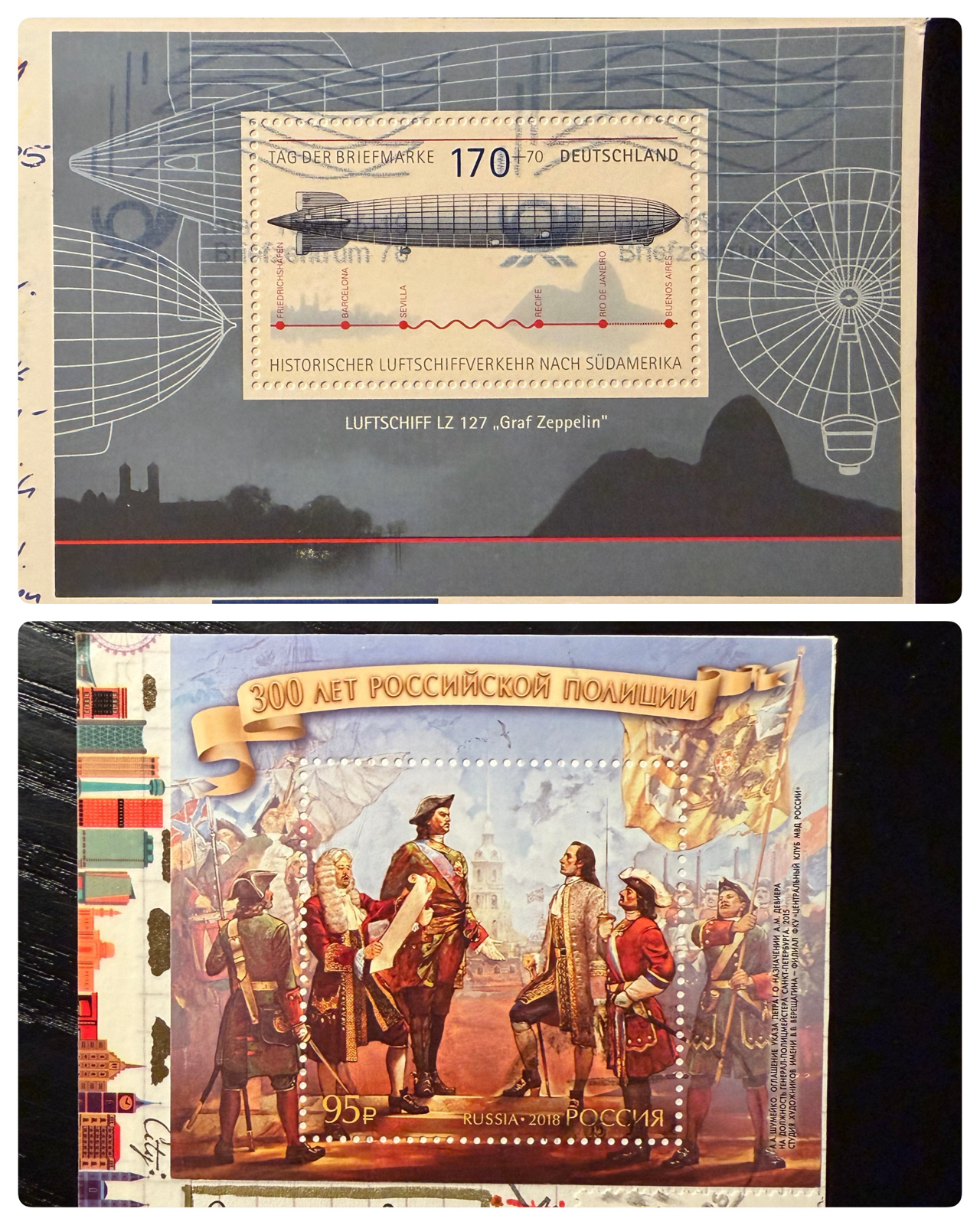It’s been about seven months so it’s time for another update on my Postcrossing hobby.

As of today, I’ve sent 1938 postcards and received 1926, an increase of about 300 (of each type) since my last update. My average of about 40 cards per month remains unchanged.

The top countries haven’t changed since my last update – Germany remains #1 – but there’s been a few new countries entering on the low end of the lists. Since April, for the first time, I have sent cards to Bahrain (which took 83 days to arrive) and Chile, and received cards from Chile, Denmark, Macao and Vietnam.

The variety of the cards I’m receiving are the same as always, and you can see a few examples in the above photos. I don’t have a lot of specific card preferences in my request list, and as a result I get a very wide variety of different cards.

I feel like traditional tourism photocards – one of the card types I do mention on my request list – are on the decline. I assume, much like the USA, these are becoming difficult to buy in other countries as well.

There’s been a rise in AI art cards, and I assume some of these are self-made by the senders. AI art for Postcrossing meetup cards is extremely common now as well, and I received way more of them these past few months than in any previous period:

I’ve come to find these a bit impersonal and boring, so I may add to my bio that I’d rather not received them.

The above card was laminated after the stamp was applied and obviously arrived, which makes me feel like trying this myself!

I received the above two cards on the same day, one sent from France and one sent from The Netherlands. While superficially similar the print quality on the left example is better and both came from different printers!

Speaking of advertising cards, the above two are pretty. I’ve got enough advertising cards over the years I could probably do a blog post dedicated to them. Should I?

The above was my very first ‘packaging’ card. It’s not uncommon for users to ask for cards cut from food packaging, and I was surprised to actually receive one. It seems to be a pasta product from Italy (although the card came from Russia) and I took the photo like that to show that the package even has braille on it!
Afterwards, I got the address of a Japanese girl who requested food packaging and said she was a big fan of Wednesday. So I bought some Wednesday cereal and cut a card from the box!

I received six maxicards, which are cards with stamps that match the image. Three are Australian, and the others are from Belarus, England and Estonia.

The Belarusian card had this beautiful postmark!

My three favourites these past months are shown above, all from Japan. The top card features ‘Tawawa-Chan’, the mascot of Kyoto tower, and I believe I’d sent that card to us once myself. The big one on the left shows Ken ‘Matsuken’ Matsudaira and again I’ll possibly do a blog post on him in the future. The rightmost features Sayumi Michishige, ex-member of Hello Project, a Japanese idol band Kristin and I used to enjoy (Yossie was named after a member). The girl that sent the Sayumi card was amazed I knew who it was.

Users still (on the whole) go out of the way to use interesting and varied stamps since most members appreciate that. About a year ago I added (to my bio) a preference for shaped stamps and now I get loads of them! Here’s some examples:

And some more…

And this is only about half of the ones I got these few months!

The above two were the biggest stamps I got this time, and both of them took up over half the card. I wish America printed stamps this large, since I’d welcome the chance to not have to write as much.
For the first time I’ve considered slowing down and sending less, or perhaps taking a break entirely. I’m on the fence though, and will probably continue at least through 2000 sent cards. We’ll see after that.
























